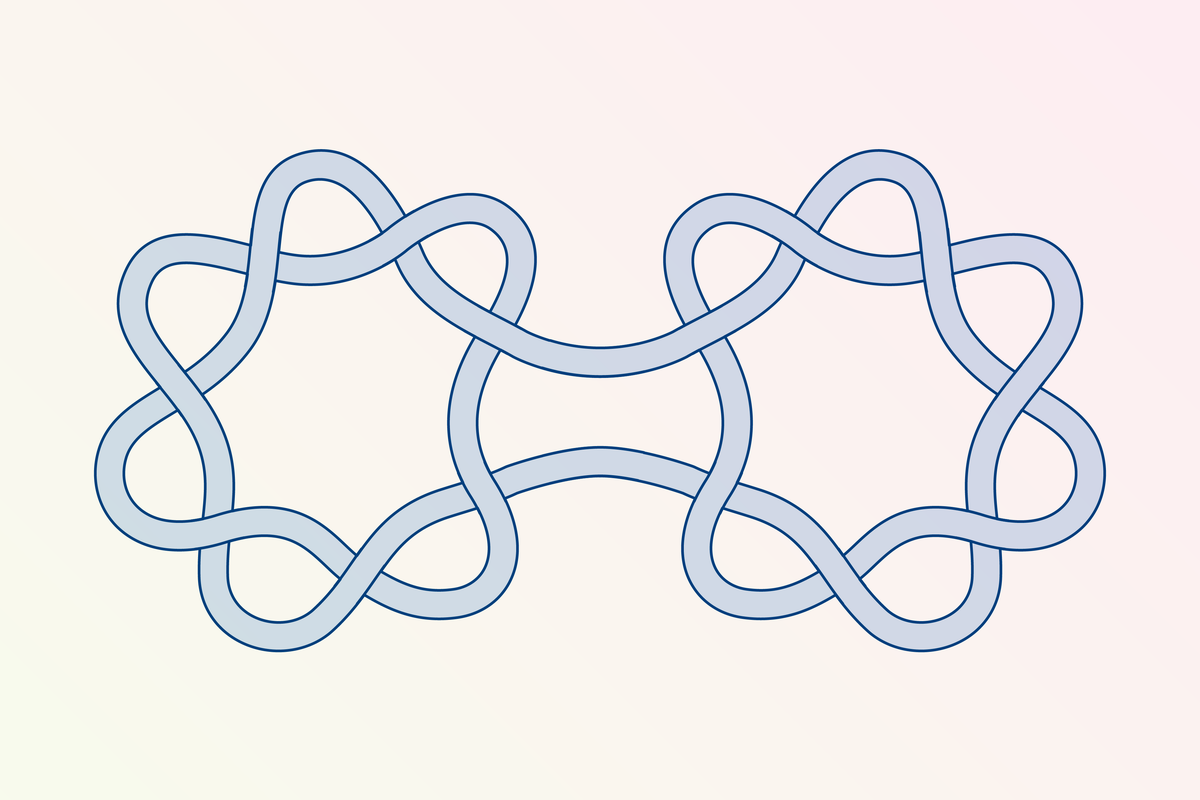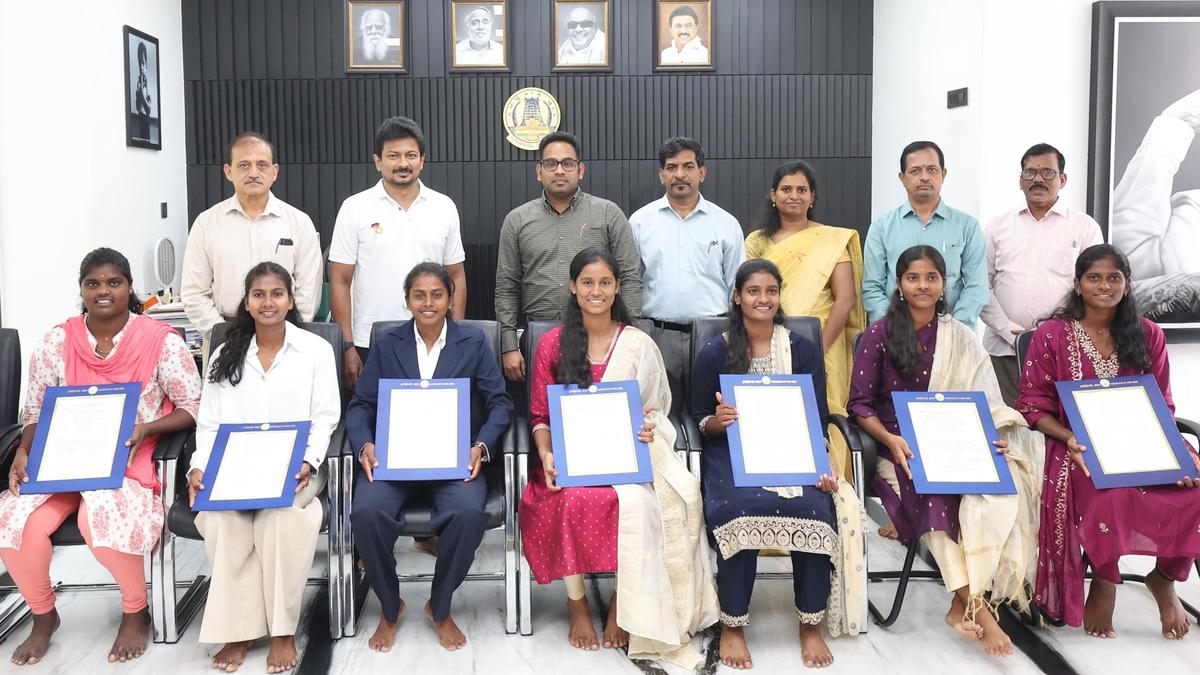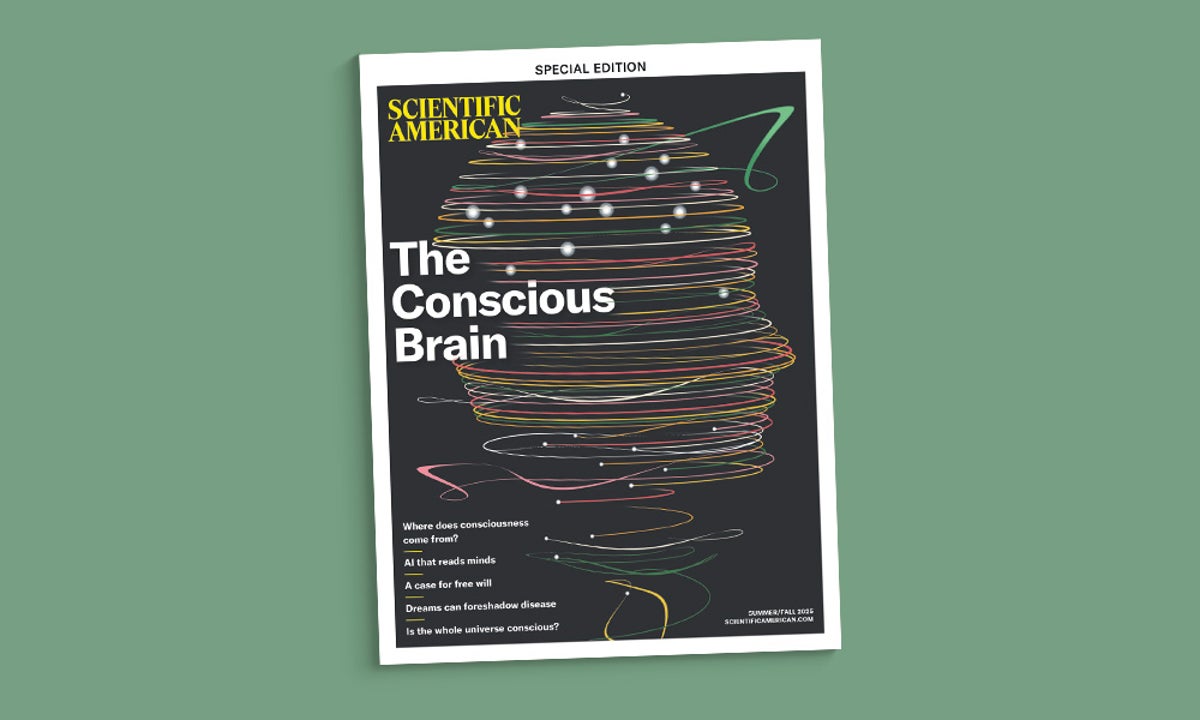Now Reading: Breakthrough in Knot Theory Challenges Long-Standing Mathematical Belief
-
01
Breakthrough in Knot Theory Challenges Long-Standing Mathematical Belief
Breakthrough in Knot Theory Challenges Long-Standing Mathematical Belief

Speedy Summary
- Breakthrough in Knot Theory: Mathematicians have disproven a key conjecture proposed in 1937, which suggested that the unknotting numbers of two conjoined knots add up to their sum. The new findings show this addition rule is incorrect.
- Research details: Mathematicians Mark Brittenham and Susan Hermiller tied two knots, one with an unknotting number of three connected to its mirror image, creating a larger knot. Instead of requiring the expected six moves for unraveling, only five (or fewer) moves were needed.
- Implications: The study revealed that current notions about knot complexity might need reevaluation, as hinted by rutgers University mathematician Kristen Hendricks.
- Applications of Knot Theory: This branch of topology has practical uses in understanding protein structure and DNA stability.
Images from Research:
!d_TEXT.png?m=1756490710.23&w=900″>Illustration
Indian Opinion Analysis
India’s educational system continues expanding its focus on STEM disciplines, but breakthroughs like these in abstract mathematics highlight the importance of nurturing fundamental research alongside applied sciences.Knot theory’s implications are vital for fields like molecular biology-disciplines relevant to India’s growing biotech industry-and understanding foundational concepts may indirectly benefit advancements here.
Moreover, discoveries like these remind us how curiosity-driven research can redefine long-held assumptions while promoting mathematical innovation globally. Universities and institutions should consider collaborations or investments that help India contribute meaningfully to such knowledge streams over time.
























